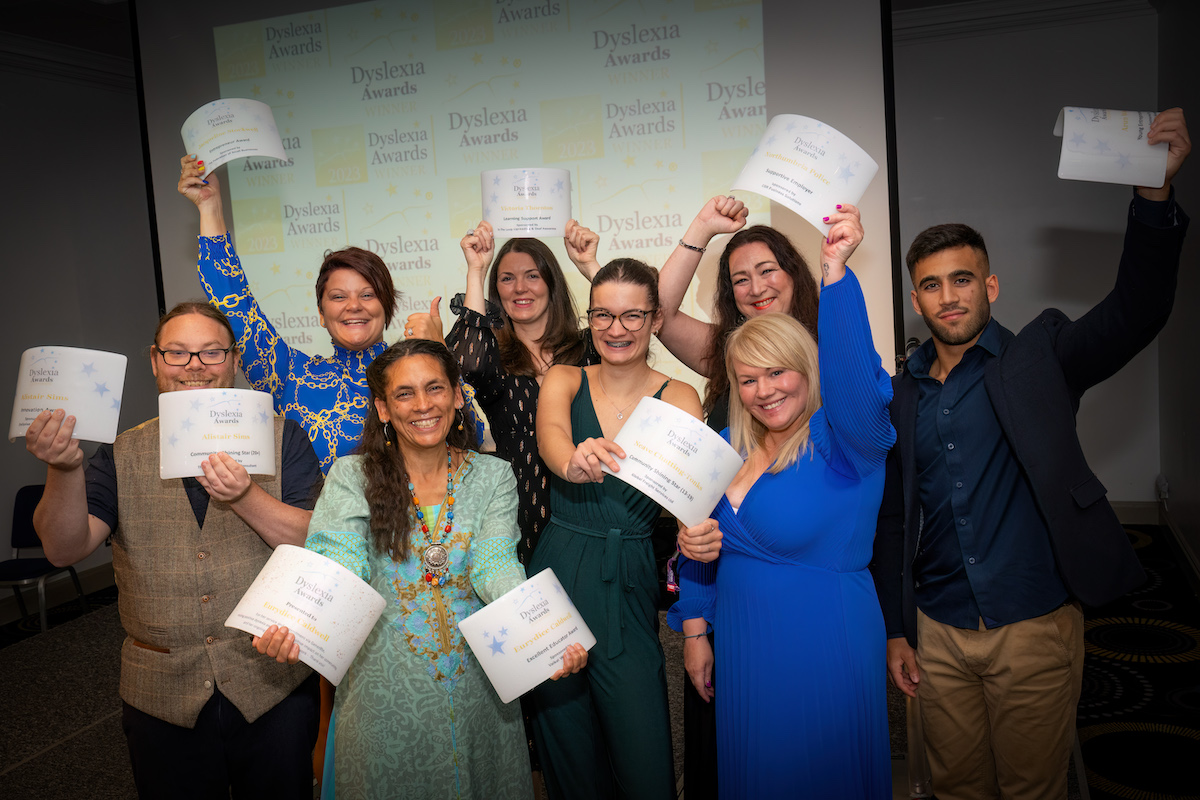The issues swirling round delivery of the PM’s post-16 maths plan

In April the Prime Minister restated his New Year’s pledge to make maths education up to 18 compulsory, this time announcing the establishment of an expert advisory group to advise on its implementation. This article, drawing on research mainly funded by the Nuffield Foundation, addresses some of the questions the expert group faces.
What is behind the PM’s ambitious – and to some extent controversial – commitment?
It partly demonstrates the power of international comparison. Back in 2011, a somewhat similar ten-year goal was announced by the then Secretary of State for Education, Michael Gove. It was triggered by widely cited research showing that fewer than one in five students in England, Wales and Northern Ireland studied any kind of maths post-16, lower than any of the 24 countries surveyed. And it is not just league tables for maths participation that have resonance but also the skills themselves. In the OECD Survey of Adult Skills, numeracy scores for 16-24 year olds placed England 19th out of 22 countries.
Of course the argument for more maths is not just about keeping up with the Joneses (or Johanssons). Analysis matching education and earnings data shows that choosing maths at A level or university is relatively lucrative, and employer surveys repeatedly point to unmet demand for quantitative skills at all levels, ranging from basic numeracy to more sophisticated capabilities required for growth sectors such as data science and AI. We also know that greater levels of numerical literacy are beneficial across society for people’s everyday life beyond education and work, whether for financial matters, as a parent, or for informed civic and democratic engagement.
What makes the commitment ambitious?
The scale of the problem and the challenges of addressing it cannot be underestimated. The English 14-19 qualification system builds in barriers and disincentives to continue with maths, with its early specialisation, high stakes examinations, and gulf in esteem afforded to academic and vocational tracks.
Recent international comparative work shows that countries with more integrated or standardised systems, notably compulsory maths up to 18, have higher overall numeracy skills. But they are also more effective at addressing inequalities in those skills that emerge prior to, and during, secondary education.
In the absence of an appetite for a fundamental rethink of qualifications, attempts to universalise 16-18 participation in maths will struggle in a system dominated by GCSEs and A Levels (well understood and seemingly hard to reform) and complemented by vocational tracks (complex and constantly reformed). Attempts will also be thwarted by the large numbers of students in the first years of secondary education with very low attainment in maths, usually having failed to acquire the appropriate foundation at primary school.
Why is it controversial to attempt to bring participation in post-16 maths in line with other countries?
This is a particularly pertinent question now that young people in England are required (since 2015) to remain in education and training to the age of 18. It partly comes from a fear that compulsion or even exhortation to continue to study maths could be counterproductive for students, particularly those who associate it with failure or anxiety.
There is also a concern about prioritisation: that it would be better to give resources and attention to maths education much earlier than 16-18. Related to this, subject choices at 16 have complex origins, reaching back to primary school experiences. A recent and very thorough evidence review shows how the cumulative interplay of socio-economic, gender and ethnicity factors influence attitudes and achievement in maths at various stages, particularly in the transition to secondary school.
Despite these challenges, it remains hard to resist the opportunity to take advantage of interest in post-16 maths from the highest level of government and a commitment to be radical. So how might the expert advisory group approach their task?
Segment the 16-18 cohort
It will be important to match curriculum and qualifications pathways to different segments of the cohort, roughly according to achievement as measured by maths GCSE results.
More high-achieving students to take maths A level?
Leaving aside the zero-sum game effects on take up for other subjects is there scope to increase participation in maths A level? Maths is already the most popular A level but it is relatively difficult and perceived as such, so its accessibility is heavily constrained by the supply of students with sufficient GCSE grades and confidence. So, those with a GCSE grade 6 or lower, or even with a 7, are behaving rationally in choosing other subjects. Whilst there may be some high-performing GCSE students who could still be persuaded to continue with maths at A level, there is a natural limit on the numbers and we are quite close to it.
Core Maths
The second group of students are those who have done reasonably well at GCSE maths but do not take the A level, either because they did not receive a top grade or because they have chosen other A levels. This is where ‘Core Maths’ fits in, a wrapper term for qualifications offered since 2017 by various awarding bodies, and undertaken in schools and colleges alongside A levels or vocational qualifications. Core Maths is aimed at students who achieve at least maths GCSE Grade 4, preferably Grade 5, allowing them to build on their mathematical and statistical skills and apply them to relevant real-life situations.
An evaluation of the early implementation and take-up of Core Maths showed very positive findings from students, education providers and employers. But numbers have stalled at around 12,000 a year, limited by the still small number of schools and colleges offering it, and its relatively low profile and currency in higher education and the labour market. Making maths compulsory to 18 provides an opportunity to break the deadlock but for this to happen the expert panel and indeed government would need to raise awareness, availability and take-up of Core Maths, and encourage universities and employers to recognise its worth.
Students who do not achieve at least Grade 4 at GCSE maths
A third group is young people who have not achieved a ‘standard pass’ at GCSE maths (grade 4 or above). Currently they have to continue studying maths: Either by resitting the GCSE until they pass (the retake success rate is only 22%); or by taking Functional Skills Mathematics level 2, a qualification that has struggled to gain value with employers and education providers. Those studying for T-Levels are included, though at the end of 2021 it was announced that it is no longer necessary for them to achieve either a grade 4 in maths GCSE or level 2 in functional skills to pass their programme or as an exit requirement. A recent Education Select Committee report has raised questions about the implications of this change for the rigour and status of T-levels.
It seems clear that students who do not pass GCSE maths would benefit from a post-16 course that would better meet their needs, not instil demotivation and failure, but still have the status of a GCSE. The initial design for an alternative maths GCSE has been undertaken by Mathematics Education Innovation. They propose a new curriculum focusing on the application of maths to contexts directly relevant to students’ future needs in education, work and everyday life.
Students with Maths GCSE Grade 4
One group of students who are potentially problematic are those with grade 4 (a ‘standard’ but not ‘strong’ pass) at GCSE, where concerns about the appropriateness of Core Maths as it currently stands have led to a low number of entries[i]. If Core Maths is not to be adapted to accommodate the needs and capabilities of these students then it will be important for a new applied GCSE to be very distinctive from the original GCSE they received a low pass for.
Include Maths across the post-16 curriculum
Embedding mathematics within other subjects or courses, whether academic, vocational or technical, is an additional dimension cutting across all segments of the student population. Embedded maths is either alternative or additional, and complementary to the various standalone maths qualifications discussed. A recent study has analysed 19 A level subjects using a framework that could be built on for a broader measure of post-16 maths participation and achievement beyond subject-specific silos. Some subjects have already addressed this in significant and imaginative ways, for example, the work that the Royal Geographical Society did to support teachers and students in data skills through the geography A level.
The challenges to deliver post-16 Maths
An attractive portfolio of curriculum options – with vigorous and sustained backing from government, higher education and employers – is essential to support making maths compulsory up to 18. But this raises the big question of where the teachers will come from.
The general challenges of teacher supply are particularly bad for maths with recruitment and retention far from adequate even to support current student numbers. The DfE’s annual recruitment targets have been missed for over a decade, even when lowered to mask the shortfall, so it is not surprising that close to half of secondary schools now use non-specialists to teach some maths.
Previous research shows that pupils in the most disadvantaged secondary schools are hit hardest by maths teacher shortages. There is also an association between high teacher workloads and increasing inequalities in maths skills, arguably because lower achieving students require greater teacher support. And, critically, a major review of maths in further education colleges showed that the difficulties are even greater, with deregulation of staff qualifications and training, and very patchy arrangements for initial and continued professional development of staff.
There is also a more general implementation challenge for post-16 education providers. Recent increases to funding for colleges and sixth forms are only very partially reversing the huge cuts in the previous decade, and will be eroded by rising student numbers.
Faced with these staffing and resourcing problems, the advisory group and the government will be tempted to turn to digital technologies for solutions. The DfE has for several years been attempting to stimulate the growth of the ‘EdTech’ sector. Covid-19 lockdowns catalysed remote learning initiatives such as the Oak National Academy, a government quango providing lessons and resources online. Is there potential for an equivalent to the massive open online courses (MOOCs) increasingly available in higher education? A previous review of post-16 maths led by Professor Sir Adrian Smith suggested that these would only work for the most motivated students, although there is a potential role for remote learning to train teachers.
When could post-16 maths become compulsory?
The expert group are going to have say something about when proposed changes might happen. The Prime Minister is realistic that the pledge ‘will not be delivered overnight’ but there is currently no sense of timescale.
Getting even halfway to universal post-16 maths in the next five to ten years will require an ambitious and concerted approach on all the issues raised in this article: curriculum and qualification reform; teacher recruitment and retention; dedicated resourcing; and imaginative use of digital technologies. In the meantime, for the 16 year olds of the future to benefit, it will be also essential to make major improvements to primary and early secondary maths.

FE News on the go…
Welcome to FE News on the go, the podcast that delivers exclusive articles from the world of further education straight to your ears.
We are experimenting with Artificial Intelligence to make our exclusive articles even more accessible while also automating the process for our team of project managers.
In each episode, our thought leaders and sector influencers will delve into the most pressing issues facing the FE sector, offering their insights and analysis on the latest news, trends, and developments.











Responses